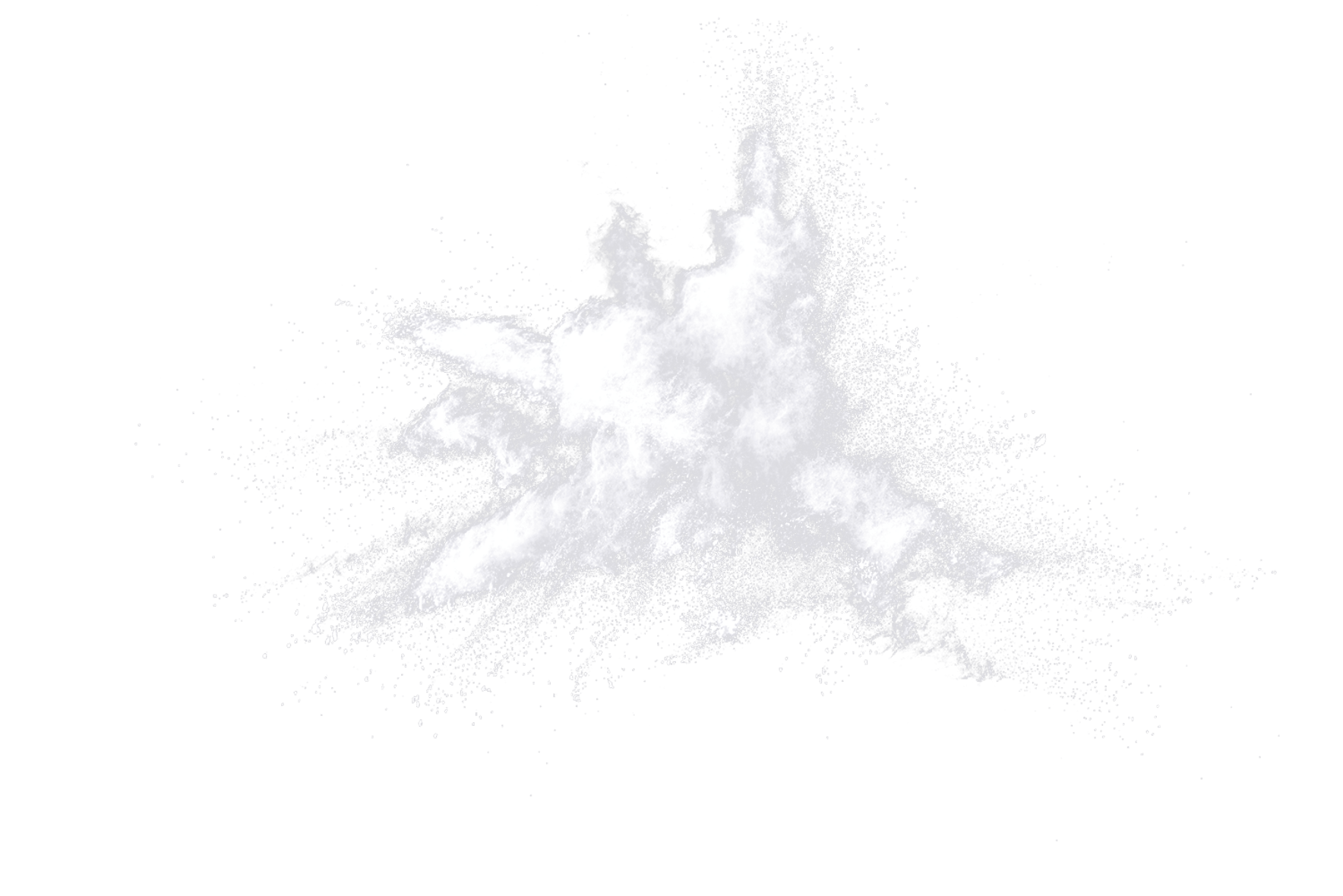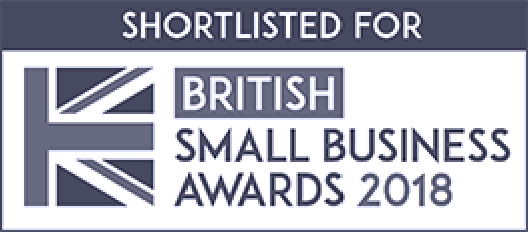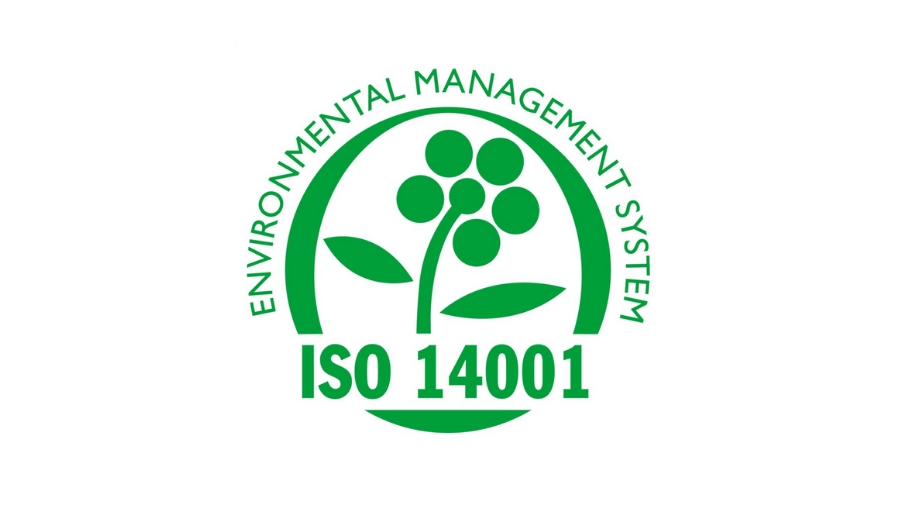Simple answers to
clinicians' FAQS.
You can always discuss them in more detail by getting in contact with us.
What is the composition of EthOss bone graft material?
EthOss is 65% Beta Tricalcium Phosphate (βTCP) and 35% Calcium Sulphate.
How does EthOss work without a separate collagen membrane? Won't we get soft tissue ingress if we don't use a collagen membrane?
Calcium Sulphate is the world’s oldest bone graft material, first reported in use by H Driesmann in 1892. It has many reported benefits in bone regeneration, however the major feature to focus on here is that it sets in situ. This allows EthOss to overcome the need for a collagen membrane.
When the Calcium Sulphate in EthOss sets it forms a cell-occlusive binder. This binder has a tightly controlled porosity, with pores large enough to allow for neo-vascularisation, but not large enough for soft tissue ingrowth.
In combination with the BTCP, the Calcium Sulphate is also effective at stabilising the graft and preventing particle migration.
For these reasons some clinicians describe EthOss as having an “integrated membrane”. The material has the same functionality as a traditional collagen membrane built into the graft itself. For these reasons we strongly recommend you do not use a collagen membrane with EthOss.
How long does it take for EthOss to resorb?
Both βTCP and Calcium Sulphate are resorbable materials, meaning EthOss will be completely resorbed and replaced by host bone.
Studies have shown that sites grafted with EthOss fully absorbed into the body, as it’s replaced by new healthy host bone. The remaining EthOss particles will resorb over 6-12 months, leaving no long-term remnant graft particles in the site.
What is the recommended treatment protocol with EthOss?
We recommend the “Protocol for Bone Augmentation with Simultaneous Early Implant Placement” which can be found on our publications page.
In summary, this protocol suggests a 3-4 week healing period post-extraction to allow for soft tissue coverage over the site. The implant is then placed with simultaneous grafting before the site is closed (primary closure, tension-free suturing) and left to heal for 12 weeks.
After 12 weeks the implant should have sufficient stability for loading (or placement of a healing cap, followed by loading).
All bone grafting materials talk about "primary closure" but this is not always possible. What do you recommend if primary closure is not possible, for example if I'm placing an implant immediately post-extraction?
The Treatment Protocol recommended above allows for a 3-4 week soft tissue healing period post-extraction, which should allow you to achieve primary closure when grafting.
If this is still not possible then alternative treatments may be considered at the discretion of the clinician. These may include amending the flap design so any openings are left over the palatal or buccal aspect of the surgical site, rather than over the graft or placing a short-term covering over the exposed graft.
Can I use EthOss for socket grafting / ridge preservation post extraction?
Yes, EthOss can be used in socket grafting. The recommended treatment protocol for socket grafting is outlined in the study “Alveolar Ridge Preservation Using a Novel Synthetic Graft Material” which is available here.
This study follows a similar system to the recommended treatment protocol described above, allowing a 3-4 week period post-extraction for soft tissue healing over the site. This will allow for primary closure when placing the graft.
We do not recommend placing the graft immediately post-extraction, however, this treatment may still be carried out at the discretion of the clinician involved. In these cases the clinician should consider how to achieve coverage over the graft site – this may include releasing the flap (as shown in this case) or using a collagen fleece covering (as shown in this case).
What size EthOss should I use?
EthOss is available in 3 sizes – 0.25cc, 0.5cc and 1cc. The most common size used is 0.5cc – this is enough for most single-tooth defects.
1cc is more suitable for larger defects / multiple teeth or sinus augmentations.
The 0.25cc size is most popular amongst periodontists for treating small defects.
If you would like to see first-hand how much material is in a 0.5cc syringe then please ask your local EthOss distributor for non-sterile demonstration samples. These should be available free of charge.









